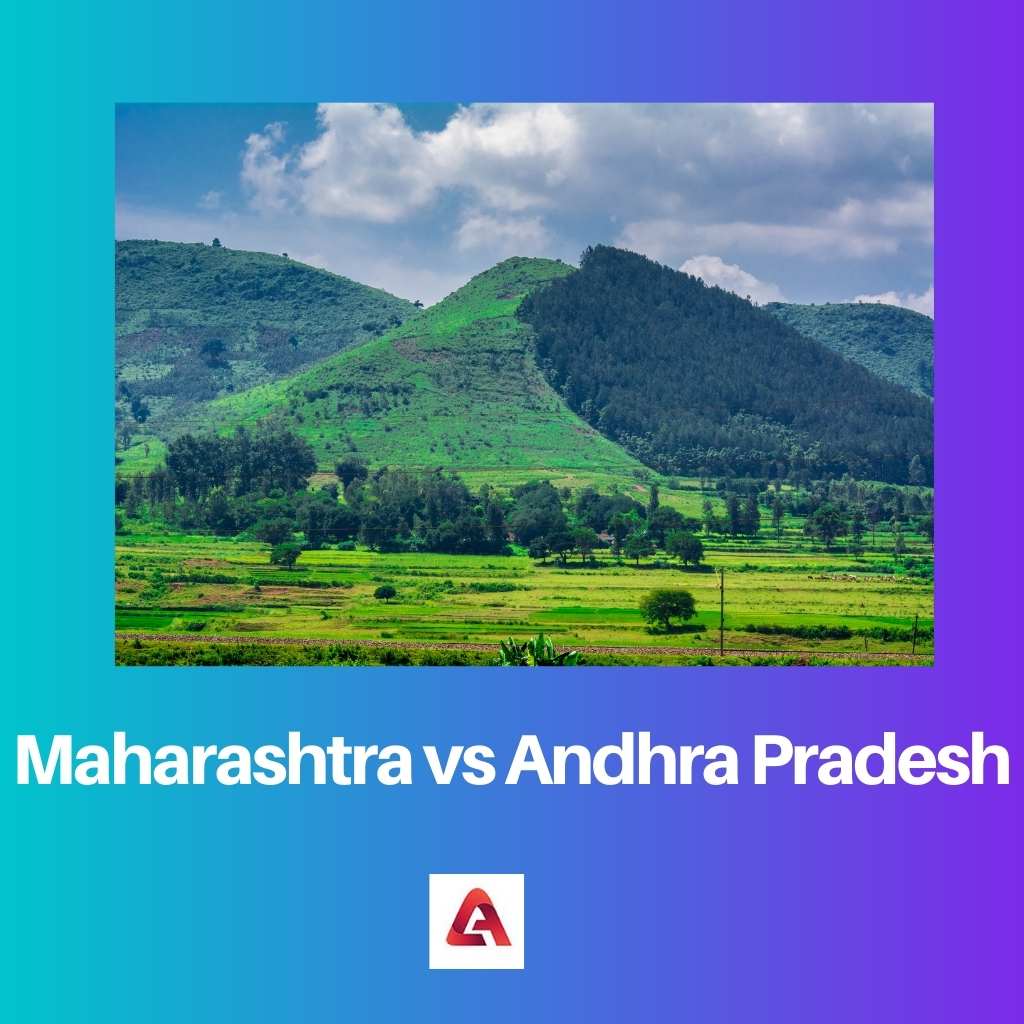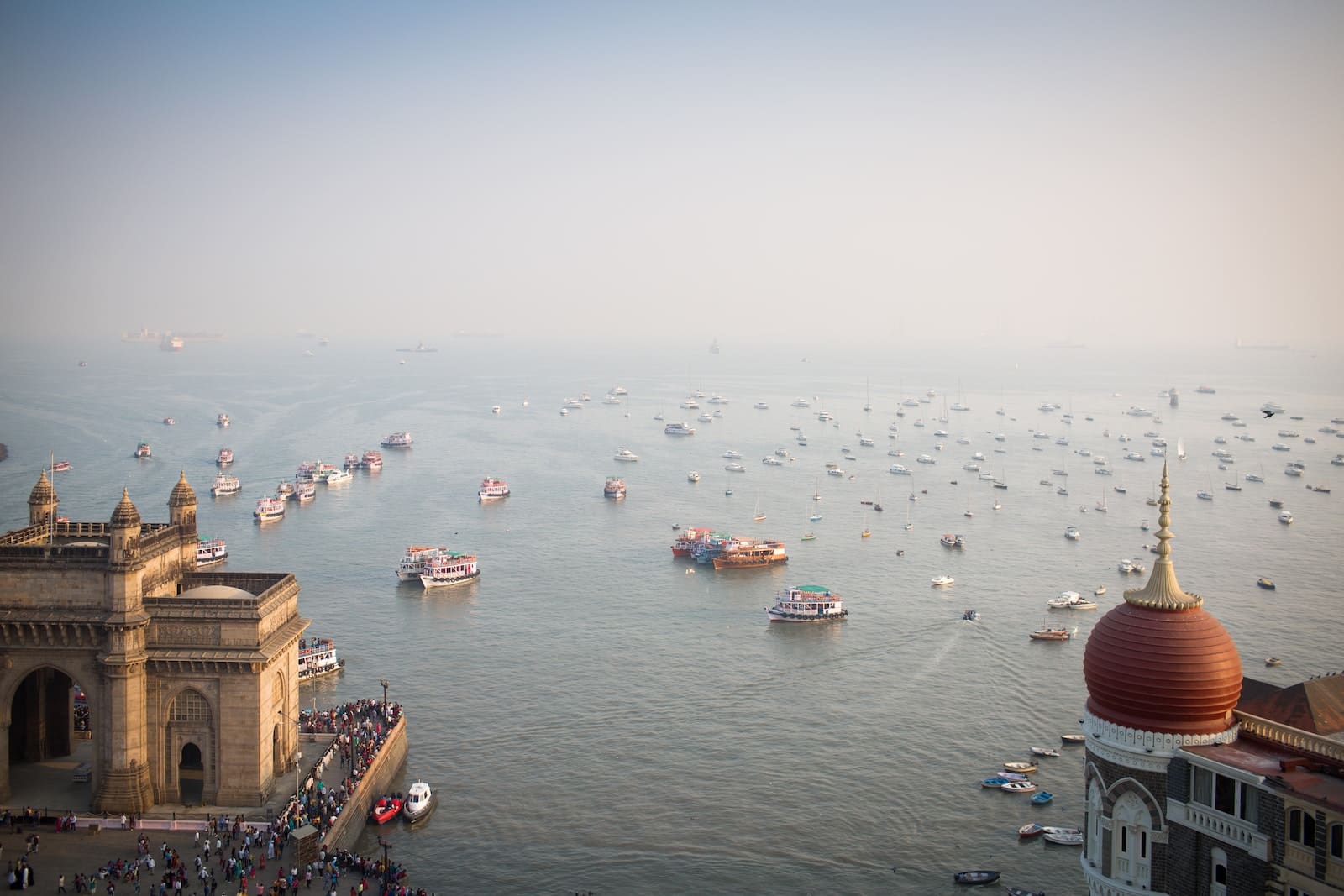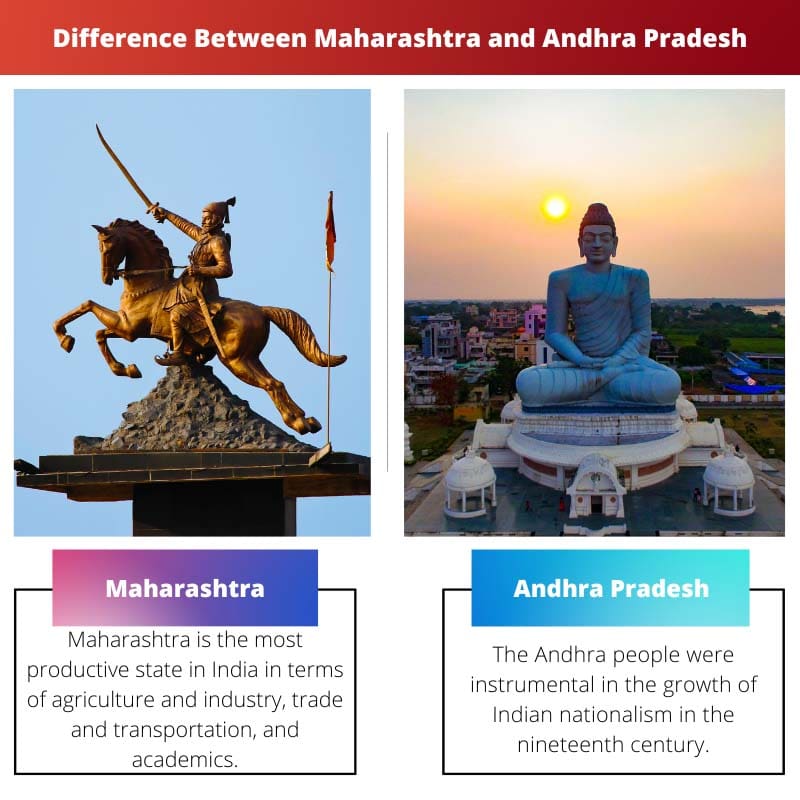India is a country where people from different cultures, tribes, and religions live; it is called a country that has “Unity In Diversity”.
Such diversification can be found in different states of India, among the different states in India, we have selected Maharashtra and Andhra Pradesh to check how they are different from one another and what makes them unique states of India.
Key Takeaways
- Maharashtra and Andhra Pradesh are both states in India, with Maharashtra located in the western region and Andhra Pradesh in the southeastern region.
- Maharashtra has a diverse economy, dominated by industries such as finance, entertainment, and technology, while Andhra Pradesh’s economy relies more heavily on agriculture, textiles, and pharmaceuticals.
- Marathi is the official language of Maharashtra, and Telugu is the official language of Andhra Pradesh, reflecting the distinct linguistic and cultural identities of the two states.
Maharashtra vs Andhra Pradesh
The difference between Maharashtra and Andhra Pradesh is that Maharashtra is a state in India’s western and central mainland area that encompasses much of the Deccan Plateau. It features a 720-kilometre shoreline across the Arabian Sea, which is geographically protected by the Sahyadri and Satpuda mountainous regions. On the other hand, Andhra Pradesh is a state in India that is located in the southeast of India. It shares its border with Odisha, Karnataka, Tamil Nadu, and Telangana.

Maharashtra: It is shaped like a triangle, with a 450-mile (725-km) western coast and a centre that narrows to a blunt apex 500 miles to the eastern part.
Mumbai is the capital of Maharashtra, is an island metropolis off the western coast attached to the mainland by highways and trains.
Maharashtra, known as the “Gateway to India,” is one of the nation’s largest economic and industrialized regions and has played an important part in the country’s social and political affairs.
Andhra Pradesh: The Andhra inhabitants, who have lived in the region since antiquity and established their dialect, Telugu, give the state its name Andhra Pradesh.
The desire for a separate state by the Andhra resulted in the formation of Andhra Pradesh in its current form in 1956. Despite being predominantly agricultural, the state boasts a substantial portion of mining and industrial.
Comparison Table
| Parameters of Comparison | Maharashtra | Andhra Pradesh |
|---|---|---|
| Capital City | Mumbai | Hyderabad |
| Covers an area of | 307,713 km² | 160,205 km² |
| Native language | Marathi | Telugu |
| Main festival | Ganesh Chaturthi | Ugadi |
| Formed | May 1, 1960. | November 1, 1956. |
What is Maharashtra?
Maharashtra is the most productive state in India in terms of agriculture and industry, trade and transportation, and academics.
Its historic culture, which was once largely veiled by British control, has been preserved mostly through a great literary legacy.
In reality, shared literature in Marathi, the state’s primary language, has played a significant role in fostering a feeling of togetherness amongst the native people of Maharashtra.
The Climate of Maharashtra: The climate of Maharashtra is subtropical to tropical based on altitude and monsoonal, with regional differences.
The southwestern monsoon rainfall in India arrives on the Mumbai coast during the first week of June and continues until September, accounting for around four-fifths of the yearly precipitation.
March-May is the hot and dry season, from June–September, the climate will be hot and wet. In October–November, it will be warm and dry, and in December–February, it will be cold and wet, or it can be cold and dry.
Vegetation and wildlife: Thorny grassland vegetation can be found in locations with little rainfall, such as highland Maharashtra. Higher plateaus with copious rain and warmer temperatures are home to subtropical vegetation.
Common trees include bamboo, chestnut, magnolia, teak, etc.
The tiger, crocodiles, bison, Gawa, Neelgai, wild antelope, sambar, and uncommon seasonal birds can all be found in Maharashtra.
To safeguard these areas and market them as tourism destinations, the state has made appropriate steps to establish numerous wildlife sanctuaries and reserves.
Type of Soil: The topsoil of Mumbai city is primarily sandy soil, while the soil in its sub-urban areas is alluvial and loamy, which is a mixture of sand clay and degrading substances.

What is Andhra Pradesh?
The Andhra people were instrumental in the growth of Indian nationalism in the nineteenth century. The city’s economy is predominantly agricultural, though it’s also one of India’s most industrialized states.
Andhra Pradesh was founded in 1953 and transformed into its current form in 1956. There have been several dynasties that have thrived in Andhra Pradesh around the 4th century BCE. In the seventeenth century, the region was influenced by the British.
The climate in Andhra Pradesh: Andhra Pradesh weather is hot and muggy. The South-West Monsoons have a vital part in defining the state’s climate. The winters of Andhra Pradesh, on the other hand, are comfortable. This is when the majority of the state’s visitors arrive.
Andhra Pradesh’s summer season runs from March through June. The mercury is at an all-time high throughout these months. Winters in the state are mild, thanks to the state’s lengthy coastline strip.
Vegetation and wildlife: The vegetation is mostly arid deciduous, including Teak and trees from the families Terminalia, Dalbergia, Pterocarpus, and others.
The Andhra Pradesh indigenous Red Sanders is prized for its beautiful red color and grain texture.
Bengal tigers, Indian leopards, hyenas, sea turtles, etc., are among the diverse biodiversity. Mountains with lush forests provide a home for wildlife.
The state authority has designated Certain regions as wildlife preserves and national parks.
Type of soil: Andhra Pradesh’s soil is mostly red. It has diverse soil types, from low-fertility coastal sands to fertile agricultural deltaic alluviums soil.
Over 66 percent of the agricultural area is made up of red soils, which are predominantly found in the Rayalaseema areas.

Main Differences Between Maharashtra and Andhra Pradesh
1. Ajanta and Ellora caves, Shirdi, Mahabaleshwar, Alibag, etc., are the main tourist places in Maharashtra, while Araku Valley, Amaravathi, Tirupati, etc. are the main tourist places in Andhra Pradesh.
2. Sabudana khichadi, pohe, upma, sheera and panipuri are some of the famous food in Maharashtra while Kodi Pulao, Pulihora, or tamarind rice along with green chillies, Royyala Yeppadu, Gutti Vankaya Kura, etc. are the famous food of Andhra Pradesh.
3. Maharashtra is the largest producer of Jowar and Arhar, whereas Andhra Pradesh is the largest producer of rice.
4. Shivaji Maharaj is the greatest ruler of Maharashtra, while Ganapathi Deva is the greatest ruler of Andhra Pradesh.
5. Bombay is the old name of Maharashtra, while Trilinga Desa is the old name of Andhra Pradesh.

